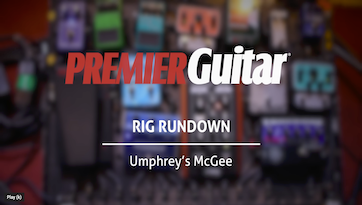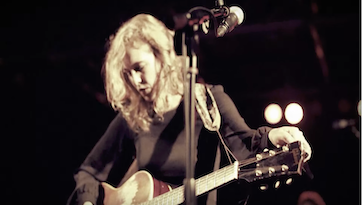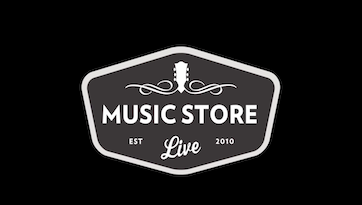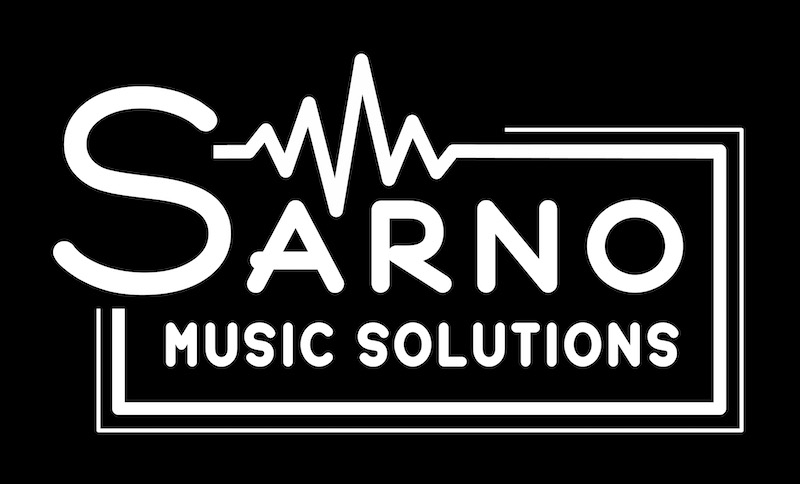Steel Guitar Black Box
ARTISTS
REVIEWS
TAPE OP REVIEW
These days, it's important to optimize every link of the audio chain, starting at the source. Often this source is a guitar pickup. Despite the name, the Steel Guitar Black Box is a device that fills a long-time need for studio rats and guitarists of all types. The tube-driven SGBB is intended to be placed immediately after a guitar pickup (and before any pedals and effects). It optimizes the pickup/amp relationship by matching impedances and circumventing capacitive loads.
A handsome, minimalist box (yes, it's black), the SGBB is about 8'' x 5'' x 2'' and is a surprisingly hefty 5 lbs. There's an attached 120 V power cable, a user-changeable fuse, a blue pilot light, and 1/4'' I/O jacks. No on/off switch-it's on when you plug it in. The unit that I tried was outfitted with a true-bypass switch (very handy for A/B'ing sounds), but production models do not have this feature (nor do they need it, really).
During a recent recording session with The Self Righteous Brothers at Verdant Studios, I hooked up the band's pedal steel player with the SGBB. He flipped. With his steel plugged into the Black Box, then into his volume pedal, then amp, his pickup was noticeably more responsive than without the Black Box. Not louder, not driven, just more "present." He said it felt like playing was a bit easier, like you could "feel" the notes a little better. In any case, the steel tone that went to tape was superb. This was not a passing fancy; the steel player wrote down the Black Box's website address and said he planned to buy one. Later, I tried the device out with a few conventional guitars. Same kind of results: more presence, improved "feel." The tone was "strong" and not overly-colored. It just sounded like the guitar and amp were perfectly matched.
Because it is a tube buffer, the Black Box imparts a bit of harmonic distortion on whatever signal it is fed. There is no gain. In addition to improving guitar and steel performance, it is also quite effective at "warming up" unbalanced, line-level signals from the likes of keyboards and drum machines. All in all, it's a great tool to have kicking around the studio or as part of a stellar guitar rig. - Pete Weiss







